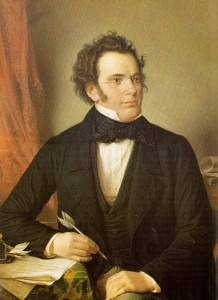
Credit: https://asq4.files.wordpress.com/
Pauer’s key characteristics for B minor are that it is: “that very melancholy key, tells of a quiet expectation and patient hope.” He goes on to say that “It has often been observed that nervous persons will sooner be affected by that key than by any other.”
One of the best known works in this key is, of course, J.S. Bach’s Mass in B minor, however, when we start looking at the German 18th and 19th century that was Pauer’s musical library, we can start to find a few pieces of interest.
Schubert’s 2-movement symphony No. 8, the “Unfinished,” is in B minor. Since Pauer’s definition works around the melancholic feeling that minor can give, let’s look first at Schubert’s work. The pianissimo theme in the cellos and basses that begins the piece immediately takes us to a place of expectation.
Schubert: Symphony No. 8 in B Minor, D. 759, “Unfinished”: I. Allegro moderator (Berlin Philharmonic Orchestra; Daniel Barenboim, cond.)
Mozart’s little Adagio in B minor has a much more ‘minor’ feel than did Schubert’s Unfinished Symphony. He wrote this in 1788 and it’s a wonderful example of Mozart’s mature style. It also seems to embody Pauer’s patient hope.
Mozart: Adagio in B Minor, K. 540 (Vladimir Ashkenazy, piano)
Other B minor pieces outside the Pauer’s usual composer repertoire include Dvořák’s Cello Concerto in B minor, a piano sonata by Chop, and The Ride of the Valkyries from Wagner’s opera Die Walküre. However, the Valkyries are probably the worst representations of B minor’s quiet expectation and patient hope!
What pieces do you think should be added here? Keep in mind that the piece should date from before 1876, when Pauer’s book was published. Another guideline might be to note the relatively small list of composers he gave as examples: Haydn, Mozart, Beethoven, Mendelssohn, Schubert Rossini, Weber, and Spohr – all stalwarts of German classicism / romanticism.

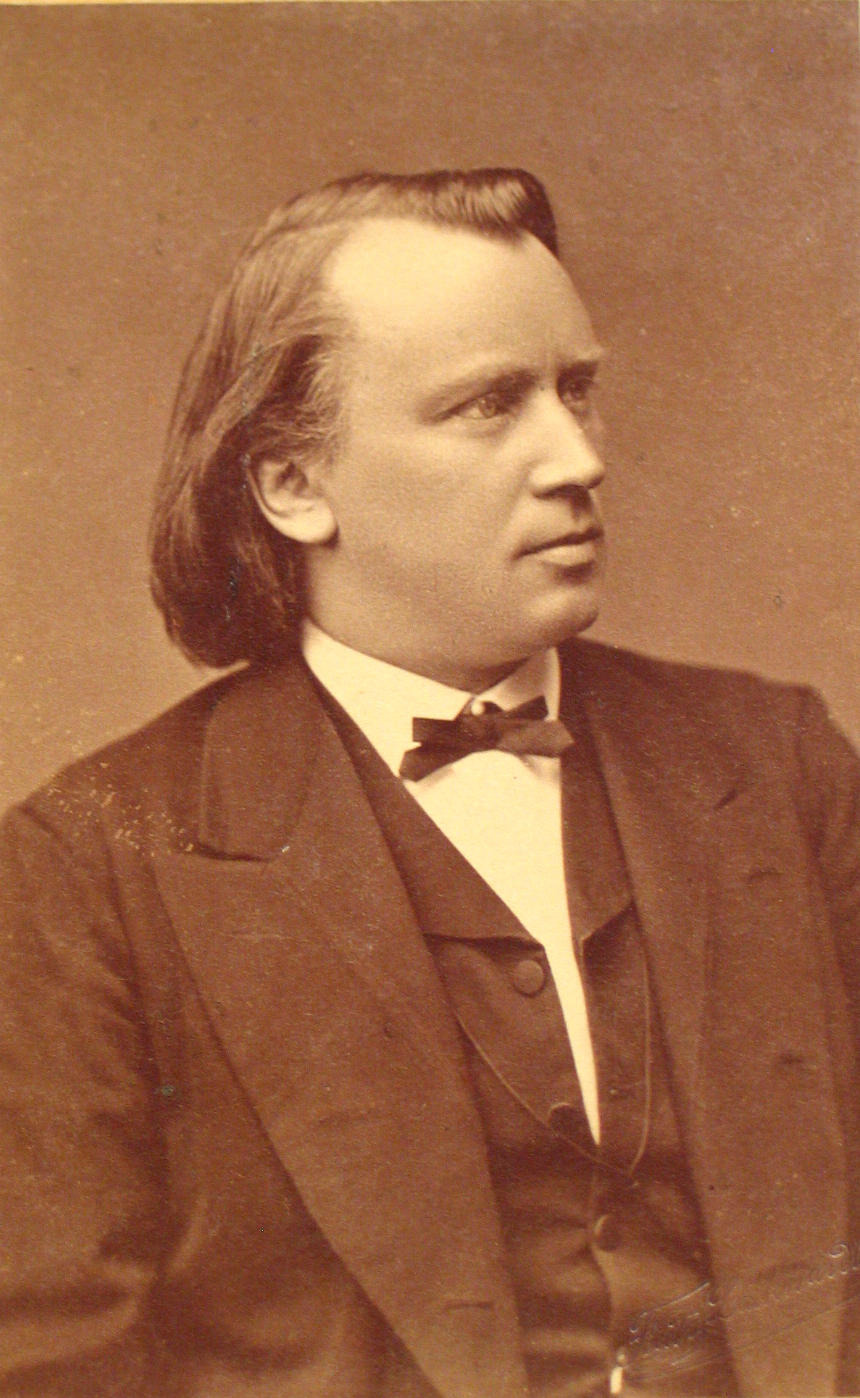
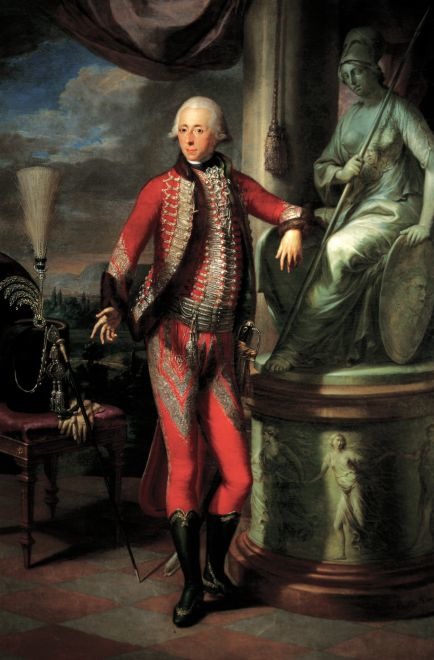
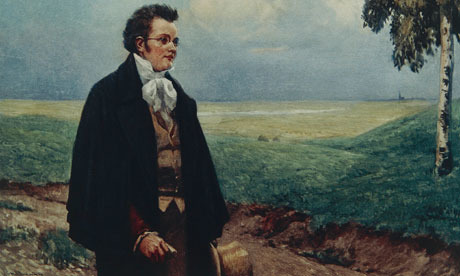
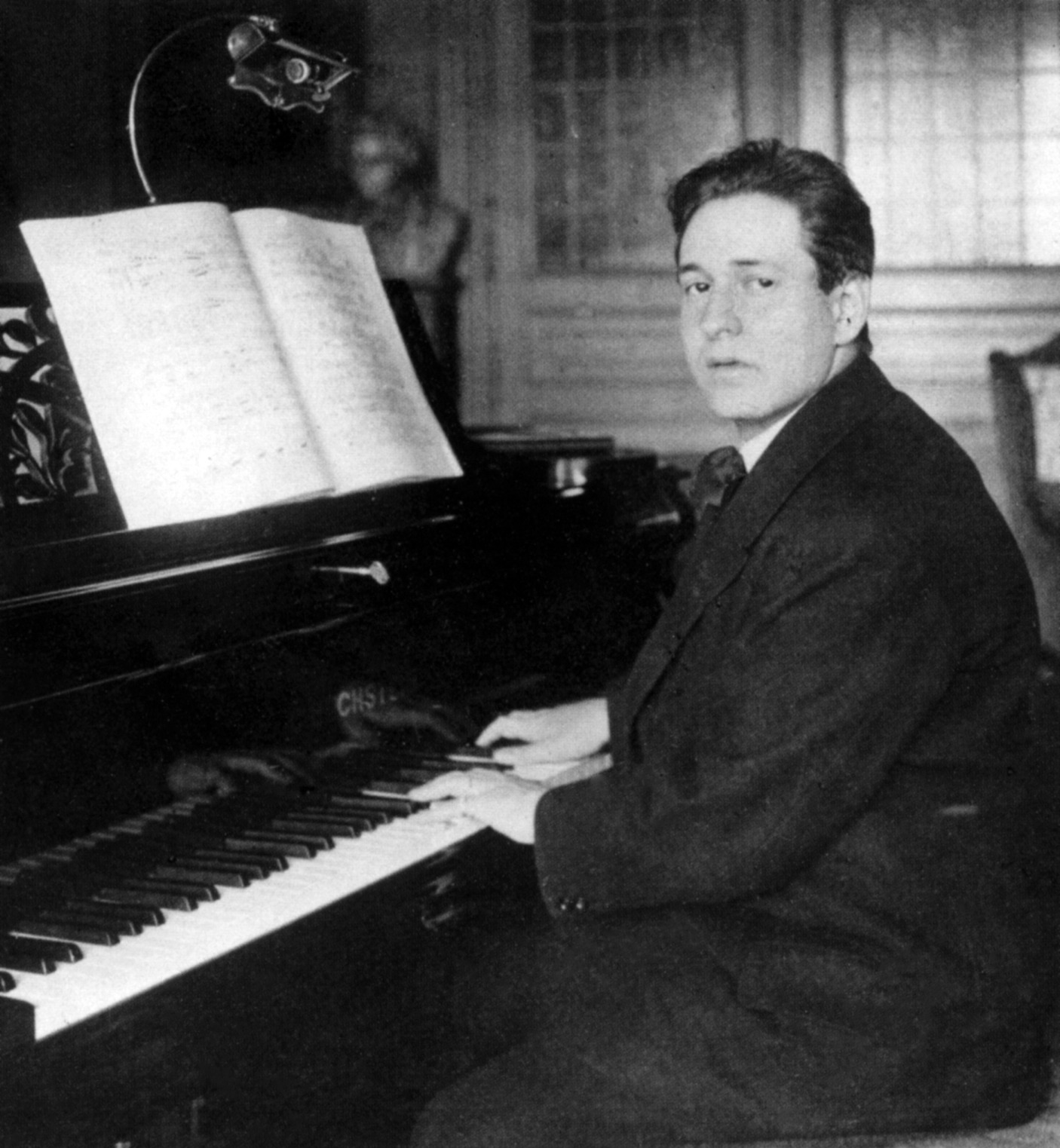


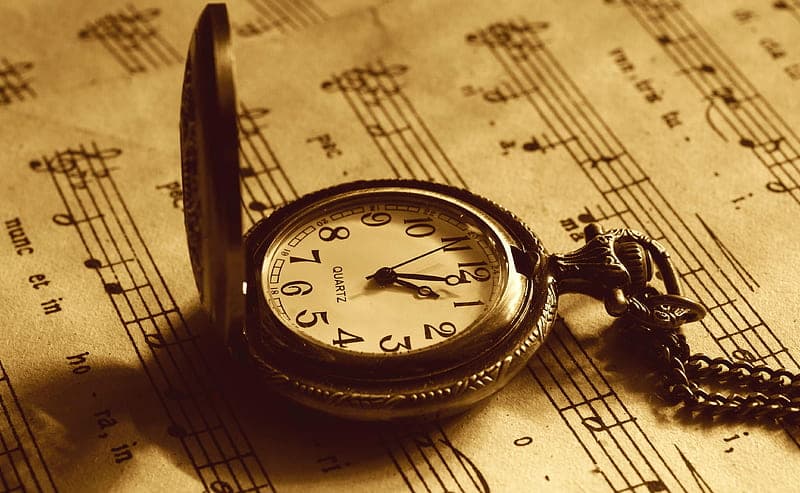
Moszkowski’s Piano Concerto in B Minor, Op.3. You’re welcome.
Liszt’s Sonata in b minor
It is quite a nocturnal and melancholic key. Rachmaninoff’s prelude in B minor (1910) express both the melancholy from Pauer’s definitions, but also the drama, escalation and even agony expressed in Wagner’s Ride of the Valkyries, in the middle part with over 30 chord progressions.
Even dating from a long, long time, the definitions can be accurate even to most contemporary erudite pieces
Tchaik six!